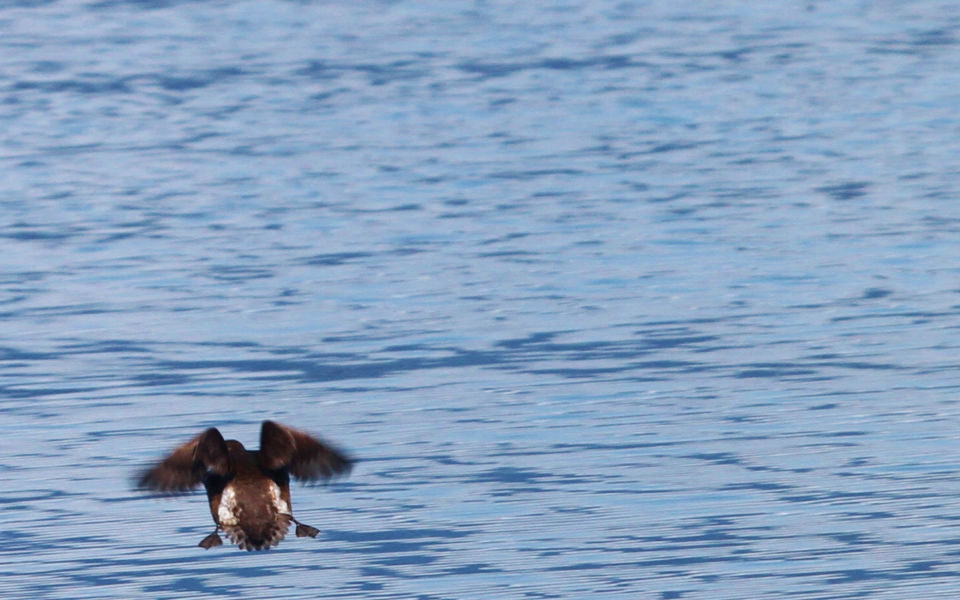Resolving the Annual Pelagic Distribution of Tufted Puffins

PROJECT
Resolving the annual pelagic distribution of Tufted Puffins
Background
Tufted Puffins (Fratercula cirrhata) are an iconic seabird that inhabits a wide geographic area throughout temperate and subarctic regions of the Pacific Ocean. Populations along the west coast of North America, from California to southeastern Alaska, have declined. Higher latitude populations, from the Gulf of Alaska and west through the Aleutian Islands, were considered to be at least stable or increasing. However, recent concern has grown over Tufted Puffin breeding populations in the Gulf of Alaska that now appear to be declining and are predicted to decline in the future.
While much is known about Tufted Puffin breeding ecology, the species’ migratory routes and wintering areas are currently not specifically known but have been noted as important to resolve for management purposes. To date, no studies have examined Tufted Puffin movements during the non-breeding season. To address these knowledge gaps, our research is taking advantage of advances in animal tracking technology to reveal the annual at-sea distribution of Tufted Puffins that breed in the Gulf of Alaska. Our study will examine relationships between Tufted Puffin migration routes and wintering areas with oceanographic features and diet.
Methods
We will attach leg-bands with geolocator tags on Tufted Puffins breeding at Middleton Island, Alaska, during the summers of 2018 and 2019. Geolocators are tiny electronic devices that have a sensor to record light levels and an internal clock. The time of sunrise and sunset can be determined from the measured light levels, and this information allows researchers to calculate the location of the bird (latitude and longitude). Adults will be caught by hand inside their nesting burrows. Puffins will then be banded and measured, and blood and feather tissues will be collected to determine sex and winter diet (using stable isotope analysis). The summer following geolocator tag deployment (2019 and 2020), puffins will be recaptured at their burrows to retrieve the geolocator tags and download the data that will provide information on individual wintering locations. Tufted Puffin non-breeding distributions and isotopic data will be examined relative to oceanographic parameters (such as water temperature and salinity).
What we will learn
Our research will have important implications for advancing knowledge of Tufted Puffin ecology, management of the species, and education regarding seabird ecology. Given the rapidly changing environment of the Gulf of Alaska over the last few years (since 2014) that has included large die offs of seabirds, such as the Common Murre (Uria aalge), we feel there is urgency in resolving little known aspects of Tufted Puffin ecology as the species may also be vulnerable to rapid changes in the marine environment. Puffins are charismatic animals that command interest among children and adults, and are an excellent study species for engaging the public about ocean conservation issues and emerging marine technologies. Updates on this project will be provided over the next three years.
[Photo Credit: Ram Papish]
INVESTIGATORS
Kristen Gorman, Ph.D.Research Ecologist
kgorman@pwssc.org
Mary Anne Bishop, Ph.D.
Research Ecologist
mbishop@pwssc.org
Anne Schaefer, M.Sc.
Avian Research Assistant
aschaefer@pwssc.org
COLLABORATOR
Ann Harding, Ph.D.Auk Ecological Consulting
RESEARCH PERIOD
2018-2020FUNDING
North Pacific Research Boardhttps://www.nprb.org/




